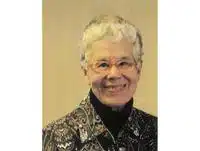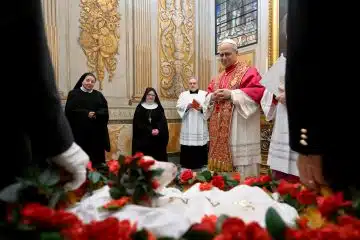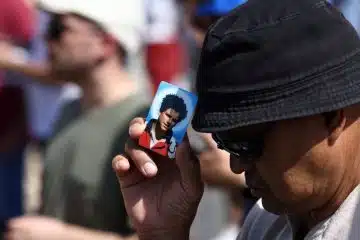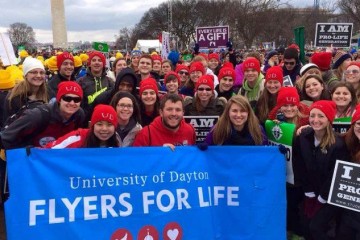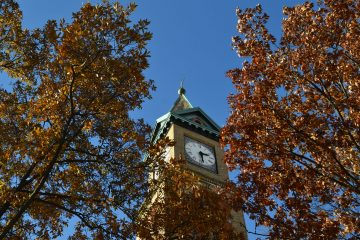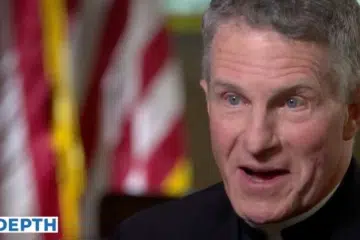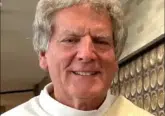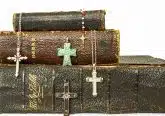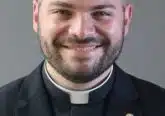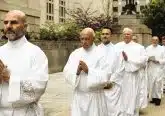Question of Faith: What is the Deacon’s role in the Church?
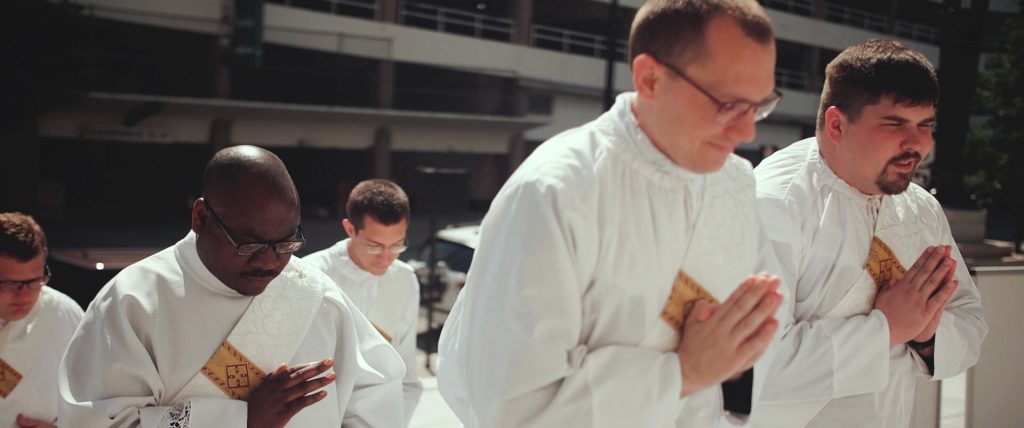
When was the deacon’s role introduced in the Church, and how is it different from that of the priest?
The deacon’s role (from the Greek word diakonia, meaning “service”) developed in the early Church. Deacons exercised a ministry of service and shared in Holy Orders, by which certain men are set apart by the invocation of the Holy Spirit and the laying on of hands.
IN THE BIBLE AND THE EARLY CHURCH
The New Testament mentions bishops and deacons even before references to the priesthood (since, at that time, the priest’s role was not yet distinct from the bishop’s). In the Acts of the Apostles, seven deacons “filled with the Spirit and wisdom” were called to assist in works of charity. They were ordained by the Apostles “who prayed and laid hands on them” (Acts 6:1-6).
Deacons exercised a permanent office of care for the poor, widows and orphans, ensuring none were neglected. Their role of charity eventually extended to a role in the liturgy. As the Church matured, however, the deacon’s role became less pronounced and developed into a stepping stone to the priesthood (the transitional diaconate) by the Middle Ages.
RESTORATION OF PERMANENT DEACONS
For more than a thousand years, there were no “permanent” deacons in the Church. Pope Paul VI restored the Order in 1967 in response to the bishops at the Second Vatican Council. Beginning in 1967, bishops were permitted to select, train and ordain men for the role. The U.S. bishops petitioned Rome and were granted the restoration of the Order in the U.S. in 1968.
The diaconate was not restored uniformly. It was embraced more quickly in certain places. Some dioceses, like the Archdiocese of Cincinnati, were among the first to instituteca deacon training program. Others waited for years, even decades. A deacon’s formation consists of classes in theology and ministry, as well as practica requirements. His training lasts at least three years and is usually offered on a part-time basis (evenings or weekends).
In our archdiocese, the first permanent deacons began their training in 1974, and the first class was ordained in 1976. Since that time, their numbers have increased to more than 200. Deacons serve in most parishes or pastoral regions in the archdiocese.
MINISTRY, FAMILY AND WORK
The permanent diaconate is an Order for “mature men” (at least 35 years old), either single or married, who are well respected in their communities. The role of the deacon is meant to be compatible with the commitments of family and work. Most deacons are not engaged in full-time ministry, nor are they usually employed by the parish they serve. Most deacons continue in secular occupations. They are challenged to balance commitments to the Church, their families and work. For this reason, it is vital that they have the support of their wives and family members.
The ministry of the deacon is distinct from the priest. Their services include assisting the priest during Mass, including proclaiming the Gospel, preparing the altar and distributing the Eucharist. Deacons may baptize, witness weddings, bring the Eucharist to the sick and conduct funerals and committals, but they cannot preside at Mass or anoint the sick. Many deacons perform specialized ministries, with some serving as chaplains in prisons, hospitals and hospices. Some have special ministries to engaged couples, families or divorced people.
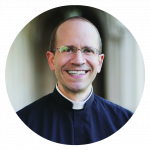 Father David Endres is associate professor of Church history and historical theology at Mount St. Mary’s Seminary & School of Theology.
Father David Endres is associate professor of Church history and historical theology at Mount St. Mary’s Seminary & School of Theology.
This article appeared in the May 2021 edition of The Catholic Telegraph Magazine. For your complimentary subscription, click here.


